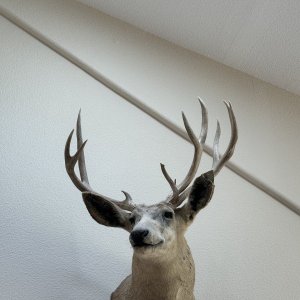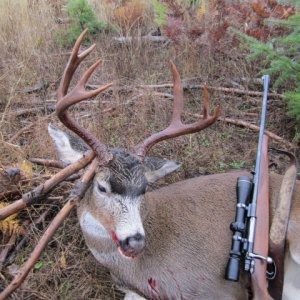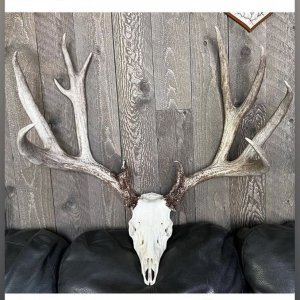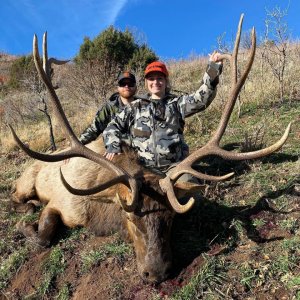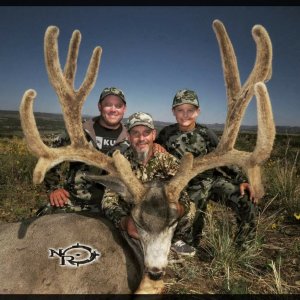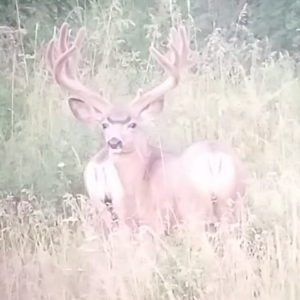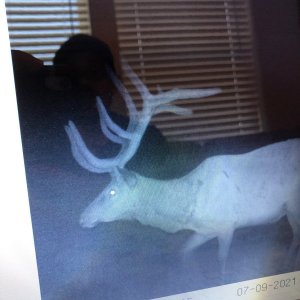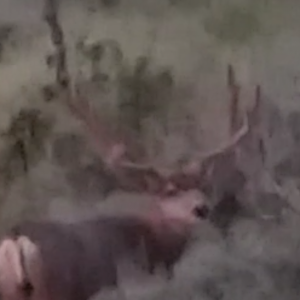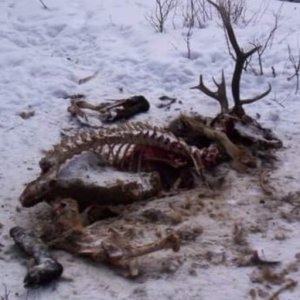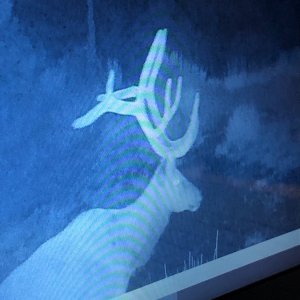M
manny15
Guest
Bighorns shot after wandering away from Greenhorn Mountains
ALDER - Montana Department of Fish, Wildlife and Parks wardens have shot six of seven bighorn sheep that wandered from their new home in the Greenhorn Mountains.
The sheep were destroyed as part of an agreement established in the environmental assessment the agency put together before reintroducing bighorns into the Greenhorn Mountains a couple of years ago.
"We are following what we said we would do," said Kurt Alt, FWP's Region 3 wildlife manager. ''If we don't do what we said we would do, it's going to make it more difficult the next time we try to establish bighorns somewhere else in the state.''
The department has taken flack over its decision to kill the bighorns from members of the Gallatin Wildlife Association. That group says it's unfair that bighorn sheep are denied access to large tracts of public land because of a few domestic sheep ranchers who use those areas for their herds' summer grazing.
State wildlife officials want to keep the wild and domestic sheep apart to ensure that the bighorns don't contract a disease and bring it back to the rest of the herd. Ranchers worry about bighorn rams breeding their domestic ewes.
Alt said the environmental assessment that drew the guidelines the agency is using for the reintroduction was completed with public comment. The agency still has strong support for the reintroduction from sportsmen's groups, he said.
The bighorn sheep are part of a new population the state is attempting to build in the Greenhorn Mountains near Alder. Over the last two years, about 80 sheep have been moved into the area.
For the most part, they've stayed put.
''There have been a few forays,'' said Alt. ''They tend to go back though.''
The sheep that were destroyed over the last two weekends didn't return to the Greenhorn Mountains.
If the bighorns wander into areas where they'd have to share the range with domestic sheep, state biologists are required to either attempt to capture the animals or destroy them. Biologists had already attempted to capture the sheep.
ALDER - Montana Department of Fish, Wildlife and Parks wardens have shot six of seven bighorn sheep that wandered from their new home in the Greenhorn Mountains.
The sheep were destroyed as part of an agreement established in the environmental assessment the agency put together before reintroducing bighorns into the Greenhorn Mountains a couple of years ago.
"We are following what we said we would do," said Kurt Alt, FWP's Region 3 wildlife manager. ''If we don't do what we said we would do, it's going to make it more difficult the next time we try to establish bighorns somewhere else in the state.''
The department has taken flack over its decision to kill the bighorns from members of the Gallatin Wildlife Association. That group says it's unfair that bighorn sheep are denied access to large tracts of public land because of a few domestic sheep ranchers who use those areas for their herds' summer grazing.
State wildlife officials want to keep the wild and domestic sheep apart to ensure that the bighorns don't contract a disease and bring it back to the rest of the herd. Ranchers worry about bighorn rams breeding their domestic ewes.
Alt said the environmental assessment that drew the guidelines the agency is using for the reintroduction was completed with public comment. The agency still has strong support for the reintroduction from sportsmen's groups, he said.
The bighorn sheep are part of a new population the state is attempting to build in the Greenhorn Mountains near Alder. Over the last two years, about 80 sheep have been moved into the area.
For the most part, they've stayed put.
''There have been a few forays,'' said Alt. ''They tend to go back though.''
The sheep that were destroyed over the last two weekends didn't return to the Greenhorn Mountains.
If the bighorns wander into areas where they'd have to share the range with domestic sheep, state biologists are required to either attempt to capture the animals or destroy them. Biologists had already attempted to capture the sheep.


